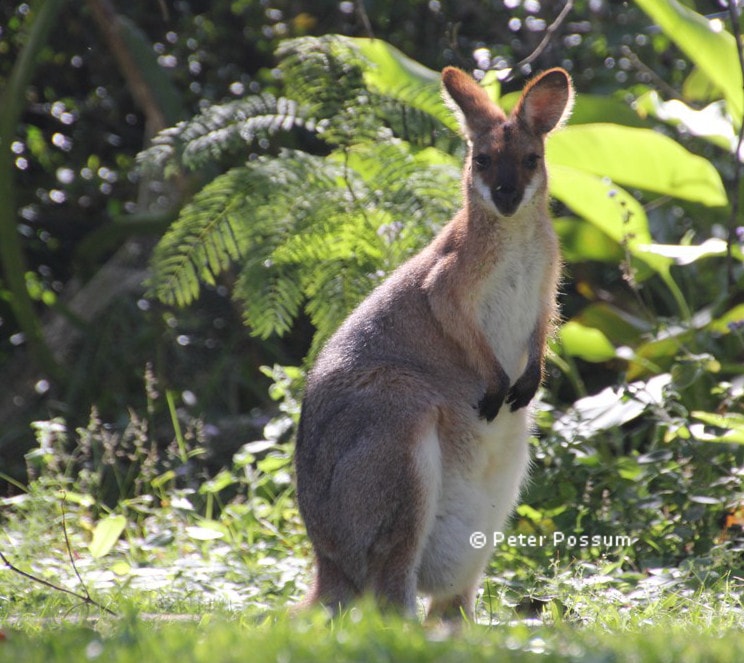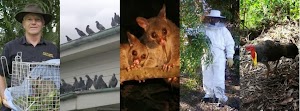
A feral animal is one that does not belong in an environment, usually descended from domesticated or introduced animals but now living wild. The most obvious examples are domestic cats, pigs and dogs living in the Australian bush. Other examples are water buffalo and camels.
While weeds can be any plant growing in the wrong place, the term is most often applied to introduced plants that humans have assessed as being a problem. This may be because of interference in human lifestyle or economic interests or they may have an unwanted impact on other plants, livestock or the environment.
In the same way a pest animal is generally one that interferes with human objectives for the environment including farming or our peaceful enjoyment of a place. The obvious examples include insects in houses (Termites, clothes moths, silverfish) and introduced rats and mice.
If you are living near bushland you may find bush rats or small, mouse-like marsupials in your home like Antechinus, which the home owner will call “pests”, even though they are relatively rare native animals and protected by legislation. So the terms weed and pest tend to be rather subjective.
One example of the complex emotional interaction of human ideals and the environment, is the controversial attempts to control wild horse (brumbies) in national parks. In spite of clear evidence of serious environmental damage, there is only limited support for culling programs and no political will to address the conflicting wishes of the public.
There are however some laws and regulations that define certain plants and animals as “officially” pest and weeds. These are usually agricultural regulations where the objective is to ensure legal support for eradication or compulsory land management to reduce the perceived problem (e.g. Prickly pear, feral dogs, lantana).
In Australia the Indian Mynah bird is generally recognized as a pest and in many cities, especially Canberra, organized action has been taken to reduce their numbers. The common pigeon (rock dove) is a messy bird that forms large flocks and tends to roost on specific buildings, creating a health hazard and often a significant visual mess, justifying its classification as a pest.
Other examples, especially for birds are more subjective. Melbourne has some introduced British song birds (blackbird and thrush) which have adjusted well to the climate and most people probably enjoy. While introduced and non-native and so technically a pest, many residents would object to them being called pests (mainly due to their tuneful songs). They are present in low numbers which assists their acceptance.
Another example is the European sparrow which may also have been introduced or arrived on its own but it can cause problems in some towns when large numbers may gather. So it has been classified by some authorities as a pest. For farmers even some native Australian animals can be considered “pests” due to the impact of large numbers on their crops; this includes kangaroos and large flocks of cockatoos that can destroy fields planted with seed crops. So for both those species, which are usually protected natives, there are circumstances where permits for lethal control measures can be issued.
So the terms weed, pest and feral have rather subjective and flexible definitions!







